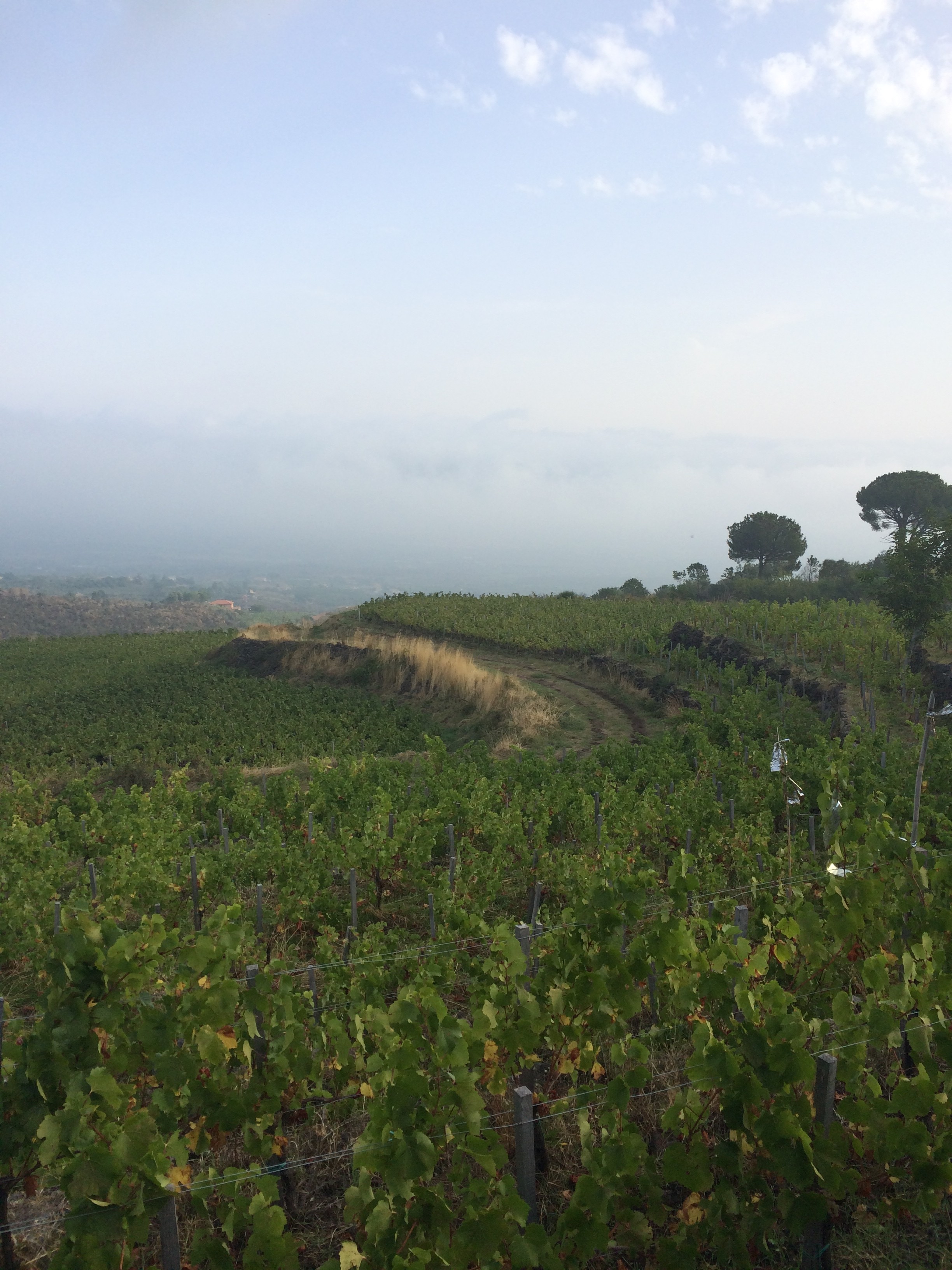I have fallen in love. Hard. Sometimes, something new and exciting just bursts into your life, and you walk around with blinders on, seeing, thinking, wanting only… I am obviously talking about gruner veltliner. My most current obsession, this Austrian wine is the answer to my white wine prayers—crisp, bright, acidic, minerally, peppery, thirst-quenching, and surprisingly full-bodied. Fortunately for me, this once-popular-then-cast-aside wine has become an increasingly prevalent presence on restaurant and bar menus, providing a unique alternative to the usual Sauvignon Blanc and Muscadet suspects (two of my go-tos).
Gruner is unique for several reasons. It is a sensory conundrum, making it both a delicious and intellectual endeavor to drink. I find it to be simultaneously light and full; fruity and peppery; acidic and slightly sweet. A perfect drinking wine, and even better with food—in fact, it might be the most-friendly wine in the world, giving its compatriot riesling a run for its money (especially considering it lacks riesling’s reputation of sweetness).
Austrian winemakers tend to make gruners to be drunk young, but it is also a wine that can be laid aside to age for years. This capacity for ageing is rare in whites, and I am obviously oversimplifying the possible descriptions of this amazing varietal. The younger wines might be crisp, clear, and minerally, with a touch of spiciness, but the older the wine gets, the more complex, full-flavored, and peppery—the signature of its flavor profile—it may become.
Even more importantly, at least in understanding our lack of exposure to the grape as American consumers, gruner is grown primarily in Austria. Although it is the most widely planted grape, the wines rarely leave the borders of the small country. Many of the wines we are familiar with are what are known as international varietals—wines like a Chardonnay or Cabernet that are grown in most wine-making regions. The proprietary attitude of the Austrians toward this grape goes beyond the notion of terroir (even though the minerality of the Austrian soil, in all its variations, plays a huge component in the wine’s flavor profile)—gruner is the unofficial national grape of the Osterreich. I just hope they are willing to share it with me.
A few favorites to try: Gritsch, Berger, and the amazing gruner on Bar Boulud‘s wine list!
 Long the breadbasket for every empire that passed through the Mediterranean, Sicily’s still wine was once considered nothing more than bulk juice to be shipped to backfill poorer vintages in more northerly regions, or cheap wine mostly intended for immediate consumption, often tending toward oxidation and lacking complexity. Today, however, things are changing. Attention has been drawn to regions like Vittoria and Etna for years, but as growers move ever more toward a focus on indigenous varieties and the unique differences in growing conditions throughout the island, Sicily is increasingly becoming a treasure trove of selection and price-quality opportunities for drinkers and buyers of wine. And for all of the great red wines of Nerello Mascalese—and, yes, site-specific Nero d’Avola—being produced, the white wines of the island are as complex, varied, and interesting as their red-skinned counterparts.
Long the breadbasket for every empire that passed through the Mediterranean, Sicily’s still wine was once considered nothing more than bulk juice to be shipped to backfill poorer vintages in more northerly regions, or cheap wine mostly intended for immediate consumption, often tending toward oxidation and lacking complexity. Today, however, things are changing. Attention has been drawn to regions like Vittoria and Etna for years, but as growers move ever more toward a focus on indigenous varieties and the unique differences in growing conditions throughout the island, Sicily is increasingly becoming a treasure trove of selection and price-quality opportunities for drinkers and buyers of wine. And for all of the great red wines of Nerello Mascalese—and, yes, site-specific Nero d’Avola—being produced, the white wines of the island are as complex, varied, and interesting as their red-skinned counterparts.


